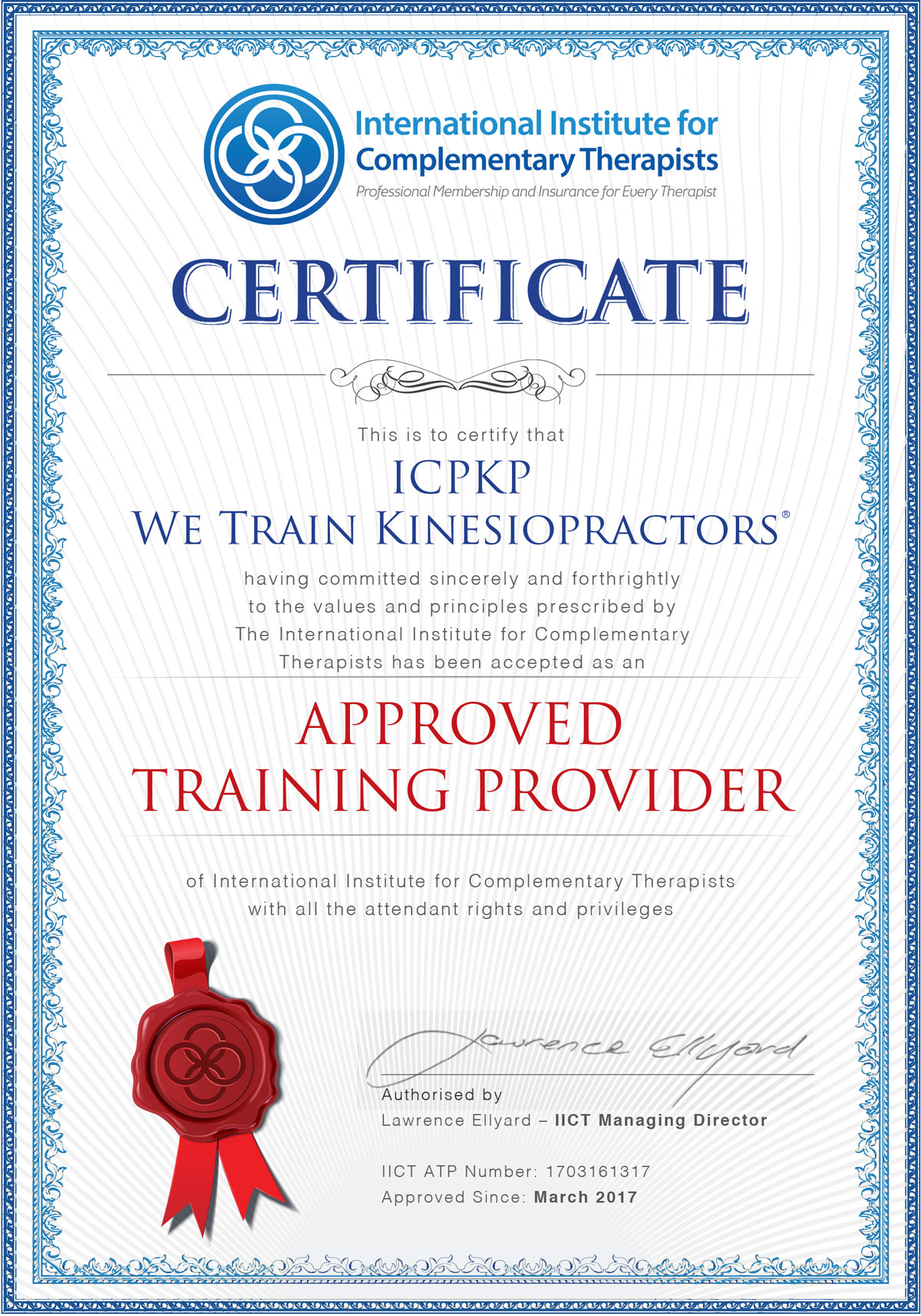MST202-en
Shoulder, Elbow, Hand Muscle Protocols
These four PKP regional protocols enable you to develop skill and understanding in analysing muscle problems in the shoulder girdle and upper limb and will become your reference manual for working with all the muscles of this region.
PKP regional protocols provide an in-depth clinical examination of the shoulder, elbow, forearm and hand that a client would expect from an experienced health professional. As well as this physical analysis, the metaphysical and emotional aspects of injury are also explored.
Having completed this unit you will be able to professionally test and facilitate increased function and performance in the 22 muscles of the shoulder girdle, the 10 muscles of the elbow and upper arm, the 10 muscles of the forearm and wrist and the 10 muscles of the hand.
Elements of Learning:
- Shoulder girdle muscles:
PMC, PMS, subclavius, anterior serratus, anterior deltoid, supraspinatus, latissimus dorsi, lower trapezius, middle trapezius, middle deltoid, posterior deltoid, infraspinatus, subscapularis, coracobrachialis, teres minor, teres major, levator scapulae, rhomboids, upper trapezius, biceps, triceps, pectoralis minor. - Elbow and arm muscles:
Biceps, triceps, brachioradialis, pronator teres, supinator, extensor carpi radialis, extensor carpi ulnaris, flexor carpi radialis, flexor carpi ulnaris, extensor communis digitorum. - Forearm and wrist muscles:
ECR, ECU, FCR, FCU, ECD, pronator quadratus, extensor pollicis longus, flexor pollicis longus, flexor digitorum profundus, flexor digitorum superficialis. - Hand muscles:
ECD, EPL, FPL, FDP, FDS, flexor pollicis brevis, adductor pollicis, opponens pollicis, opponens minimi digiti, lumbricales. - Apply kinesiology techniques to correct energy imbalances in muscles of the upper limb.
- Utilise all techniques learned to date within the PKP Balancing Protocol.
Prerequisites:
- MST 14.201


